With the sun now out and summer upon us, it’s starting to feel like we’re finally emerging from the long, locked-down winter.
Emerging with us too is an interesting new trend in student projects looking to tackle Seasonal Affective Disorder (SAD), a mental health condition – sometimes known as ‘winter depression’ – that comes and goes in seasonal patterns.
Whilst the condition isn’t fully understood, it’s believed that reduced access to sunlight and overexposure to harsh artificial lighting during the shorter, darker days of winter knocks our biological clocks off-kilter, leading to lower mood, tiredness and depression – feelings felt particularly acutely this year, with opportunities to get out and about limited by the ongoing pandemic.
Window Lighting Unit by Joshua Duddridge
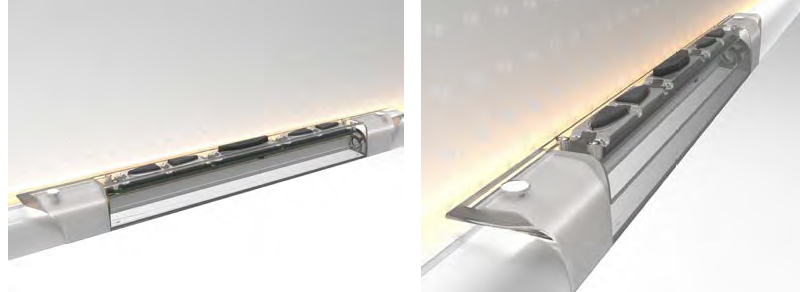
“Without a doubt, the effects of SAD have been more prominent in people this year with lockdown, and how life has changed for the average person,” said Joshua Duddridge, a final year Product Design Engineering student at Brunel University London, who first became interested in SAD treatment whilst still working on his A Levels.
“I’ve never really been satisfied by the current methods of light therapy and have always thought that having a specific lighting unit that the user must sit in front of for a period of time was the completely wrong approach. This motivated me to create a more a natural solution to a natural problem.”
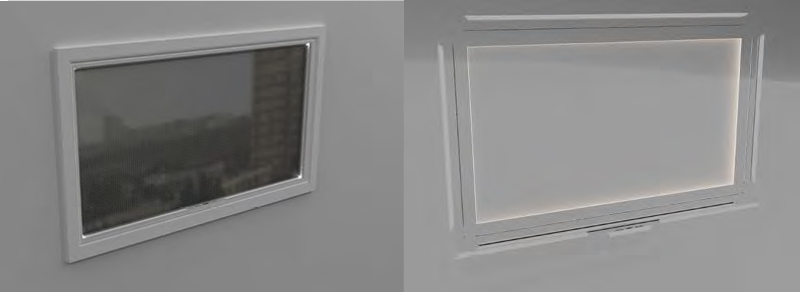
Joshua’s solution is to replace window glazing beads – the thin strips that hold windows into their frames – with LEDS, creating a light strip that can supplement sunlight by automatically extending and brightening sunset and sunrise for those indoors.
“The intention is to emulate augmented sunlight in order to treat SAD in a more natural way,” said Joshua, “as the window light will fade at a more suitable time in the mornings and evenings.”
Joshua, who plans on finding a window manufacturer to help him pursue the idea when he graduates, hopes that reimagining glazing beads as lights could lead to a host of future uses, including adding a transparent OLED screen to project virtual and augmented reality content onto the glass.
“This would allow us to explore new concepts of treating SAD, not just by light, colour and intensity, but by the transformation of the environment.”
Solarly by Juliette Bird
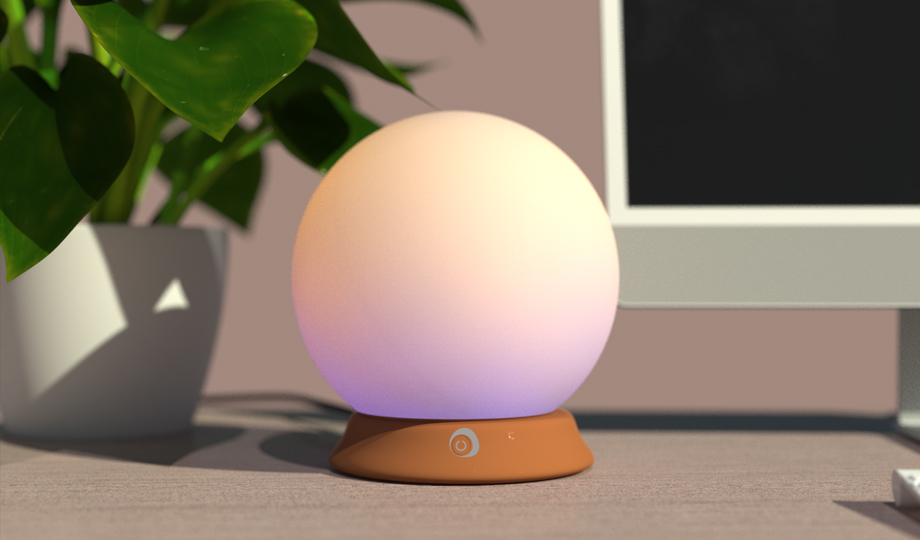
Meanwhile, Juliette Bird’s personal experience of SAD has led her to develop Solarly, a lamp and app that creates a personalised lighting schedule that adapts to the user’s mood and routine.
“SAD is so prevalent but not talked about nearly enough, and this year with the national lockdown spanning the darkest months of the year, many people were even more restricted from the outside world than usual,” said the Product Design Engineering student.
Juliette identified that students in halls might be particularly susceptible to SAD, with small windows and a lack of control over the brightness of their lighting leading to an unhealthy overreliance on blaring artificial lights.
Her solution, Solarly, is an app that connects to a battery-powered, Bluetooth connected lamp which adapts to your ‘active hours’ (when you’re awake) and your mood. Inspired by theories of colour psychology, the light’s hue changes throughout the day, helping to mimic natural variations in light and regulate the user’s mood.
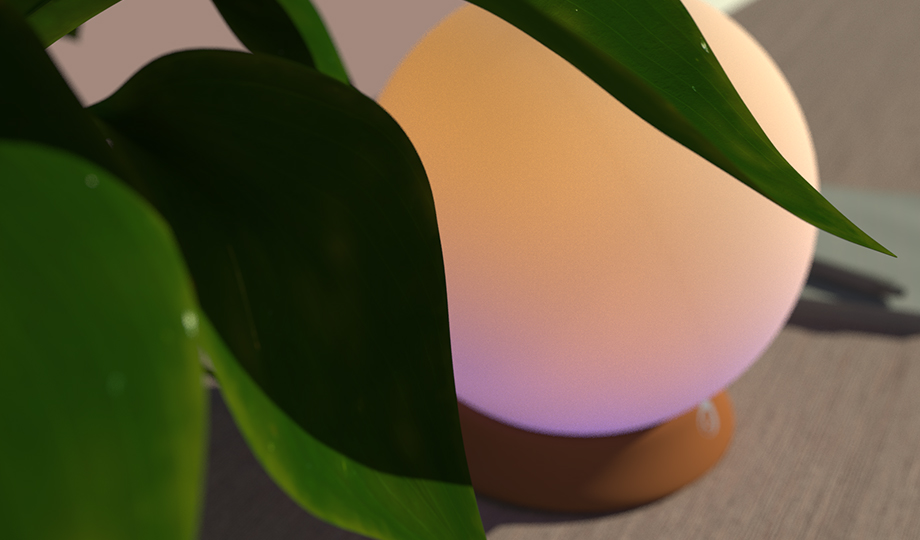
“My solution aims to improve people’s awareness and understanding of the effects of light on the mind and body, and to help build life-long habits,” said Juliette.
“It has been designed so that it can be moved around a space with ease, so as long as the light is charged, it can be used anywhere.”
Juliette plans to continue working on the project once she graduates, and believes universities could be potential customers for her product, as they look for new ways to bolster student wellbeing.
“Universities have a key role and responsibility to help young adults in their journey with mental health during their studies,” said Juliette.
“There needs to be a lighting solution for students and young adults that can provide them with the adaptability they need, which can be easily accessed through universities and employers.”
Nova Equino by Daniel Fredericks
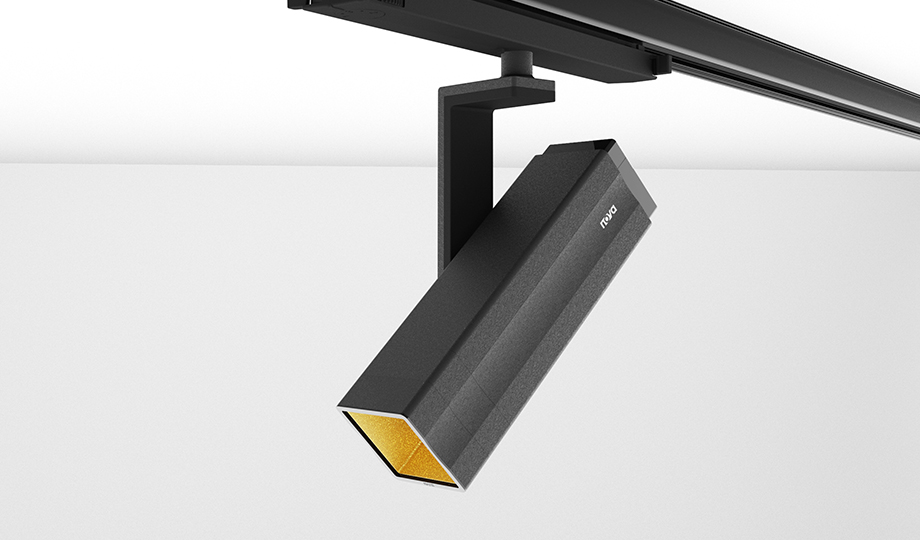
Nova Equino is Daniel Fredericks’ solution to tackling the onset of SAD in office workers, who often get little natural light during the day – a problem only exasperated by the past year’s stay-at-home orders.
“My flatmates and I all noticed changes in our behaviour, especially through the winter,” said Daniel, who studies Industrial Design & Technology.
“As we had no in person teaching or workshops, we spent most of our time looking at screens, often for over ten hours a day, which had an adverse effect on us.”
Nova Equino is a track-mounted, modular, mains-powered light that uses daylight LED chips to replicate natural light, removing harmful spikes of blue from the colour spectrum, which are said to be responsible for the suppression of melatonin.
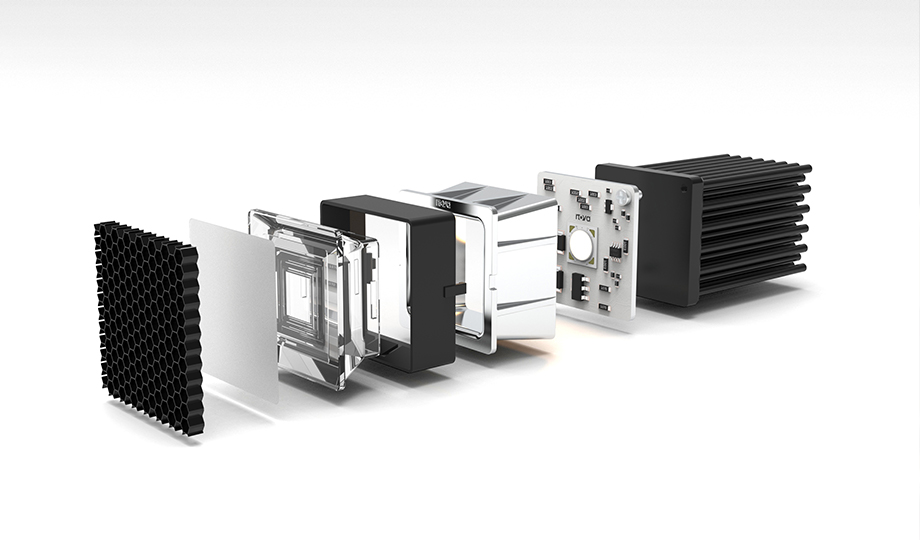
“The idea came from Dim-To-Warm (DTW) technology, and how this dynamic lighting technology could be used in a wellbeing situation,” said Daniel.
“It was created to be retrofitted into offices as a cost-effective solution to workplace wellbeing, and I took a modular approach in order to ensure that the product could be used in as many spaces as possible.”
Daniel previously worked with a lighting firm whilst on his placement year and has now been offered a role with the company.
His product, along with Juliette’s and Joshua’s, will be unveiled at Made in Brunel, the annual flagship showcase of Brunel Design School students.
This year’s show runs at The Bargehouse Gallery and Oxo Tower Gallery in London until 20 June.
Visit Made in Brunel: madeinbrunel.com
Reported by:
Tim Pilgrim,
Media Relations
+44 (0)1895 268965
tim.pilgrim@brunel.ac.uk